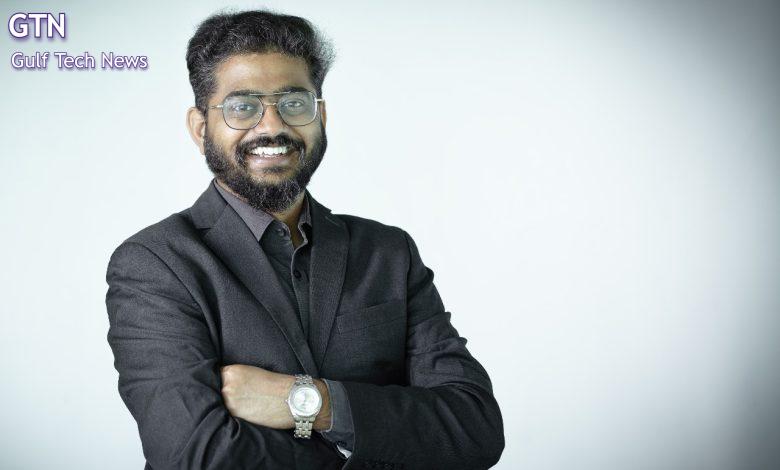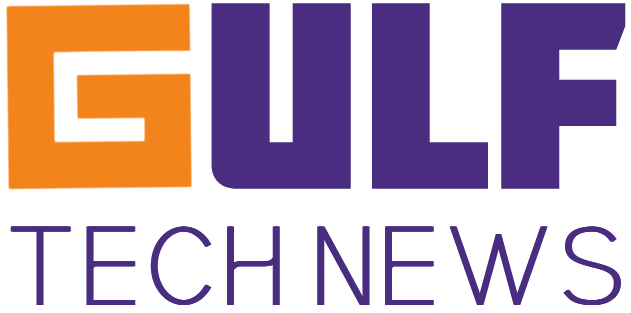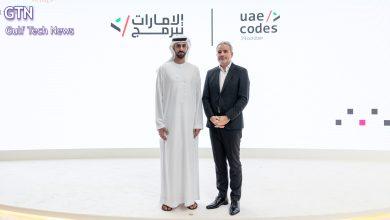ManageEngine to Showcase Cybersecurity Solutions at Black Hat MEA 2024

ManageEngine, a division of Zoho Corporation and a leading provider of enterprise IT management solutions, will be participating in the Black Hat MEA 2024 cybersecurity conference in Riyadh, Saudi Arabia.
ManageEngine’s participation in the event coincides with its growing commitments to the region, which includes the release of features across its product suite to address the region’s top cybersecurity concerns.
As the Middle East faces increasing cyberthreats, including ransomware and cyberattacks, ManageEngine sees Black Hat MEA 2024 as an ideal platform to showcase its suite of cybersecurity products and innovations.
These solutions are designed to help businesses safeguard their digital infrastructure, which is crucial in the face of the region’s evolving cybersecurity landscape.
With more businesses in the Middle East upgrading their cybersecurity frameworks, ManageEngine continues to play a pivotal role in assisting organizations to protect their networks against emerging threats.
This year’s edition of Black Hat MEA will be ManageEngine’s third consecutive year of participation at the region’s premier cybersecurity event. The company will be exhibiting at booth H1 T30, where visitors can experience demonstrations of its enterprise IT management solutions.
The company will highlight its expertise in key areas such as identity and access management (IAM), security information and event management (SIEM), unified endpoint management and security (UEMS), and privileged access management (PAM).
ManageEngine will also be showcasing the latest updates and enhancements to its suite of cybersecurity solutions.
These developments align with the company’s ongoing efforts to ensure its products are well-suited to meet the region’s specific cybersecurity needs.
One key update includes exploit triad analytics, the latest update to ManageEngine’s SIEM suite Log360, which introduces an ML-powered feature that helps organizations track adversaries and mitigate potential breaches by providing complete visibility into the exploit triad: users, entities and processes.
ManageEngine also recently updated its IAM suite, which includes passwordless, phishing-resistant authentication for enterprise applications in ADSelfService Plus, its on-premises identity security solution, and the launch of endpoint MFA for Windows machines and elevated system actions in Identity360, its cloud-native identity management platform.
As Saudi Arabia advances its Vision 2030 agenda, ManageEngine remains committed to supporting the Kingdom’s ambitious digital transformation goals.
The company is actively involved in helping businesses in Saudi Arabia bolster their IT infrastructure and enhance cybersecurity, particularly as the Kingdom adopts a cloud-first approach.
With the rise of cloud technologies and emerging tech such as AI and machine learning (ML), ManageEngine’s solutions are designed to empower organizations to stay ahead of cyberthreats while ensuring the integrity of their data.
ManageEngine has been operating in the Middle East for over two decades, with Saudi Arabia as its largest market in the region, generating a 40% year-on-year revenue growth.
The company currently serves more than 2,000 customers in Saudi Arabia, spanning both the private and government sectors, with a strong presence in Riyadh, Jeddah, and the Eastern Province.
“The recent launch of our first data centers in Riyadh and Jeddah is a pivotal step in our commitment to supporting Saudi Arabia’s push for data security and privacy.
With these data centers, we are ensuring that critical data remains within the Kingdom, strengthening privacy and safeguarding digital infrastructure,” said Prasanna Venkatesh Srinivasan, associate director of ManageEngine.
“In addition to this, we continue to engage with the local tech community through over 10 in-house events annually, helping our partners and customers stay ahead of the latest trends and fostering a culture of innovation.
We are dedicated to supporting the Kingdom’s digital transformation and look forward to further demonstrating our commitment at our first User Conference in Riyadh in February 2025.
It will be a great platform for us to connect with our esteemed Saudi customers and to reinforce our commitment towards enabling the Kingdom in its journey towards digital excellence,” Srinivasan added.
The Kingdom is among the top 10 contributing markets for ManageEngine globally. ManageEngine currently operates 18 data centers worldwide, with the latest two centers in Saudi Arabia.




